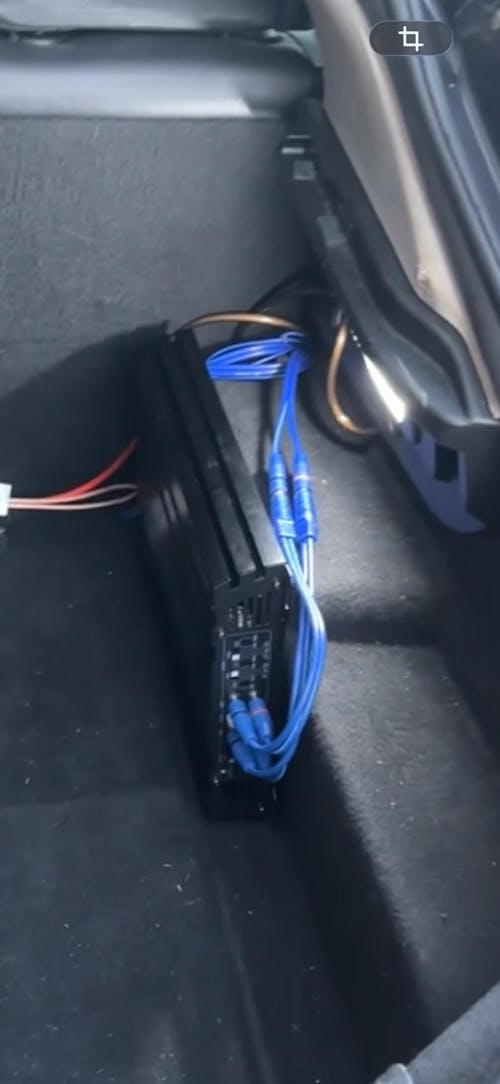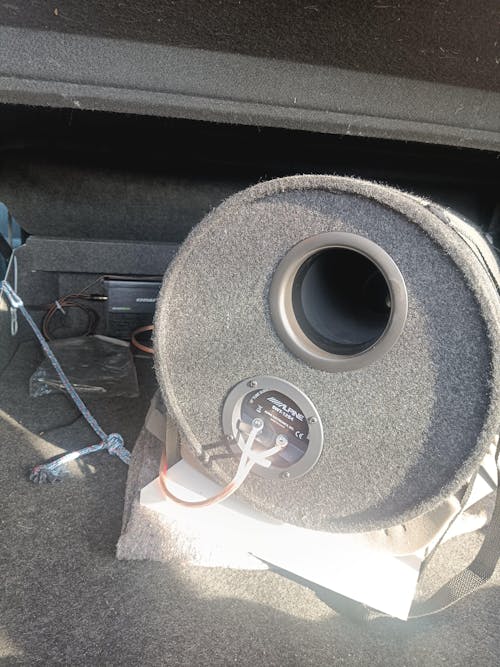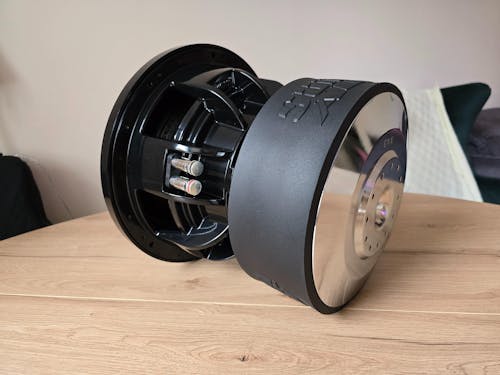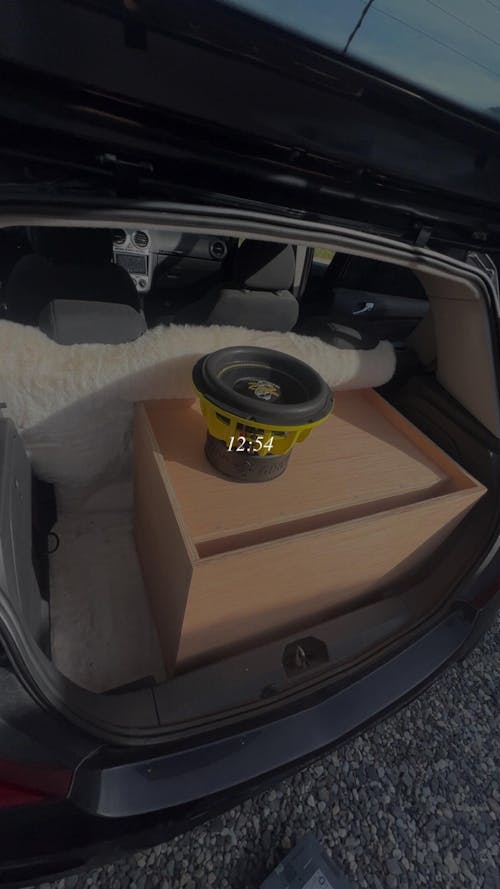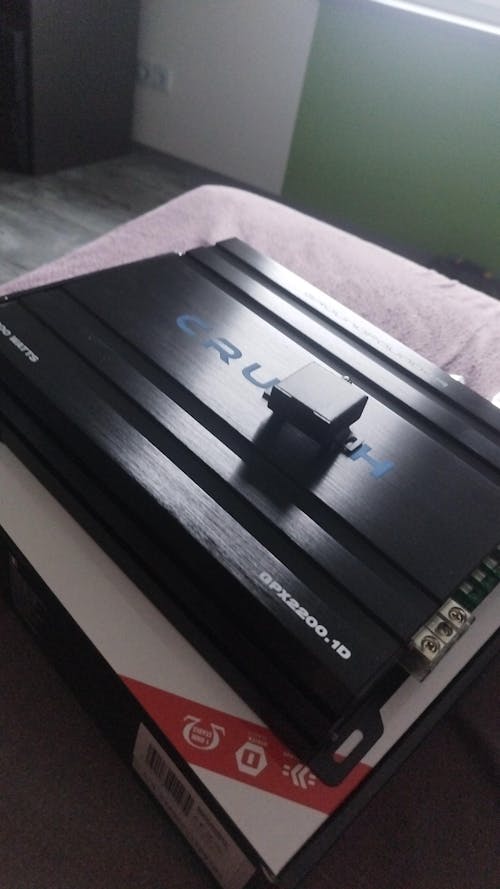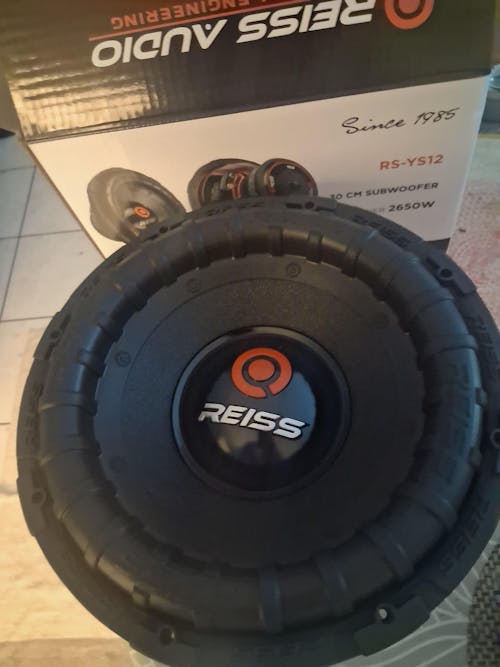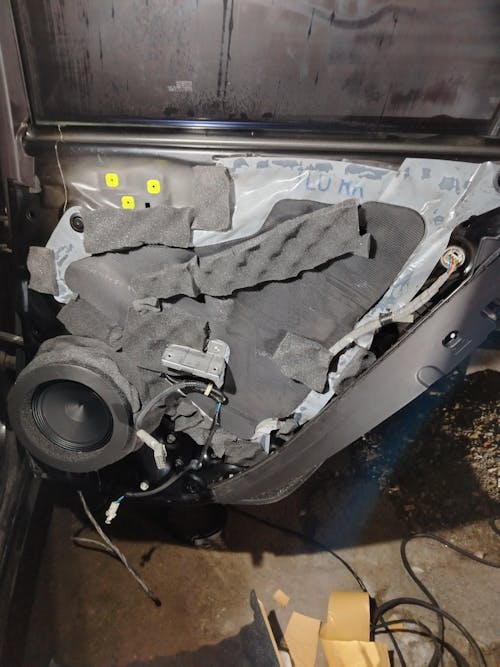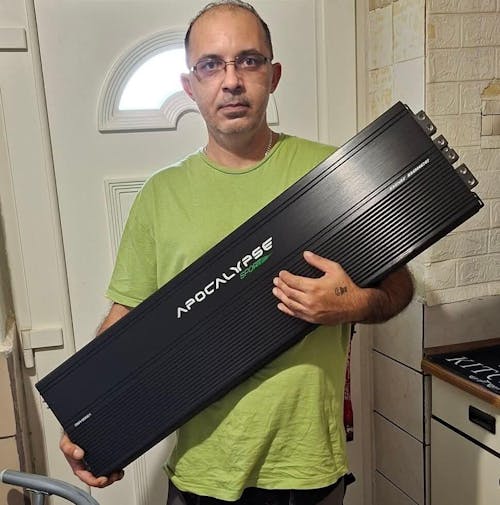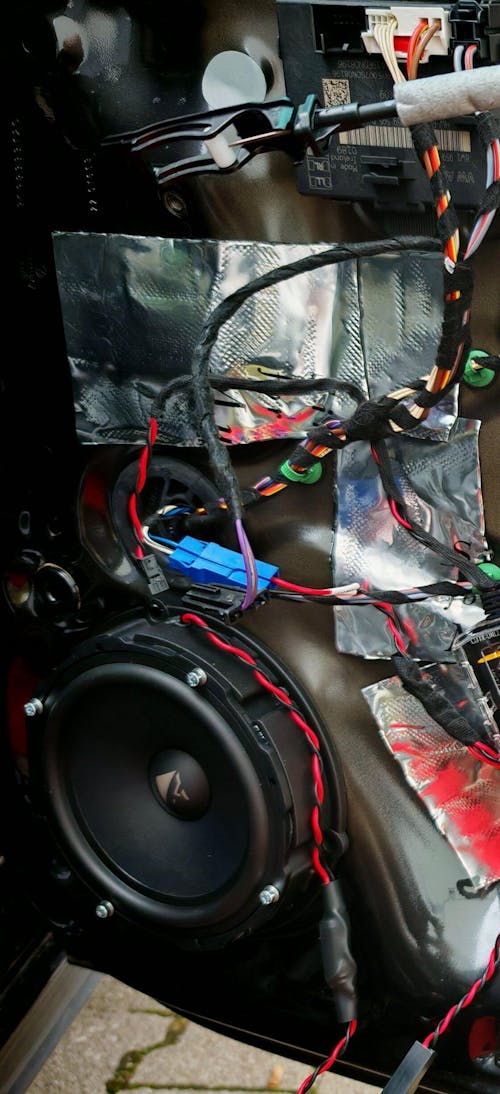 SALE
-36%
SALE
-36%
Nakamichi NBT805A 8" (20cm) Active Enclosure Subwoofer
- Maximum output power of 800 W, impedance of 4 ohms.
- Rated output power 80 W RMS, frequency response 40–1200 Hz.
- Compact at 360 x 250 x 260 mm, sensitivity 87 dB.
- Mehr technische Details
Availability for pickups could not be loaded.
Shipping cost calculator
Shipping cost calculator
Warranty & additional device protection for your Hi‑Fi system
Rob
Max
Not sure if this product fits your car?
We help you — quickly, personally and without obligation.
Fill out the form and we will send you a personalized offer
This product is not universally compatible. Send us your vehicle data and we will check the fit for your model free of charge.
NBT805A by Nakamichi
The Nakamichi NBT805A is an 8-inch active enclosure subwoofer that offers a maximum output power of 800 W. With a nominal output power of 80 watts RMS and a frequency response of 40–1200 Hz, it delivers impressive audio quality. The subwoofer is housed in a compact bass tube measuring 360 x 250 x 260 mm and has an impedance of 4 ohms with a sensitivity of 87 dB. As an active model with an integrated amplifier, the NBT805A is aimed at music lovers seeking powerful bass in a compact format.
Technical Specifications
- Brand – Nakamichi
- Model No. – NBT805A
- Type – Subwoofer with enclosure
- Size – 203 mm
- Maximum output power – 800 W
- Nominal output power – 80 watts RMS
- Bass tube dimensions: 360 x 250 x 260 mm
- Active with amplifier
- Subwoofer type – Bass tube
- Frequency response – 40–1200 Hz
- Impedance – 4 ohms
- Sensitivity – 87 dB
Frequent questions about NBT805A
Wie viel Leistung liefert der Nakamichi NBT805A Subwoofer?
Wie viel Leistung liefert der Nakamichi NBT805A Subwoofer?
Welche Abmessungen hat der NBT805A Subwoofer von Nakamichi?
Welche Abmessungen hat der NBT805A Subwoofer von Nakamichi?
Welche Frequenzbereiche deckt der NBT805A Subwoofer ab?
Welche Frequenzbereiche deckt der NBT805A Subwoofer ab?
Welche Impedanz besitzt der Nakamichi NBT805A Subwoofer?
Welche Impedanz besitzt der Nakamichi NBT805A Subwoofer?
Woraus besteht das Gehäusematerial des Nakamichi NBT805A Subwoofers?
Woraus besteht das Gehäusematerial des Nakamichi NBT805A Subwoofers?
Was bedeutet die 87 dB Empfindlichkeit des NBT805A Subwoofers?
Was bedeutet die 87 dB Empfindlichkeit des NBT805A Subwoofers?
Ist der Nakamichi NBT805A mit allen Autos kompatibel?
Ist der Nakamichi NBT805A mit allen Autos kompatibel?
Was sind die Vorteile eines Aktiv-Subwoofers wie des NBT805A?
Was sind die Vorteile eines Aktiv-Subwoofers wie des NBT805A?
Welche Rolle spielt die Größe des Subwoofers beim NBT805A?
Welche Rolle spielt die Größe des Subwoofers beim NBT805A?
Welchen Vorteil bietet die Basstuben-Konstruktion des NBT805A?
Welchen Vorteil bietet die Basstuben-Konstruktion des NBT805A?
Herstellerinformation/verantwortliche Person
Herstellerinformation/verantwortliche Person
Let customers speak for us
Ask a question about NBT805A

Subwoofer Complete Sets - Stress-Free Bass Upgrade
- Ready to install with everything you need
- Perfect compatibility
- Easy installation
Recently viewed products







